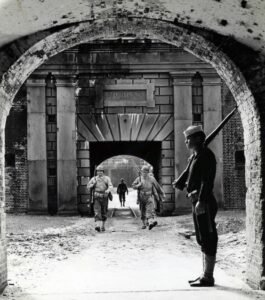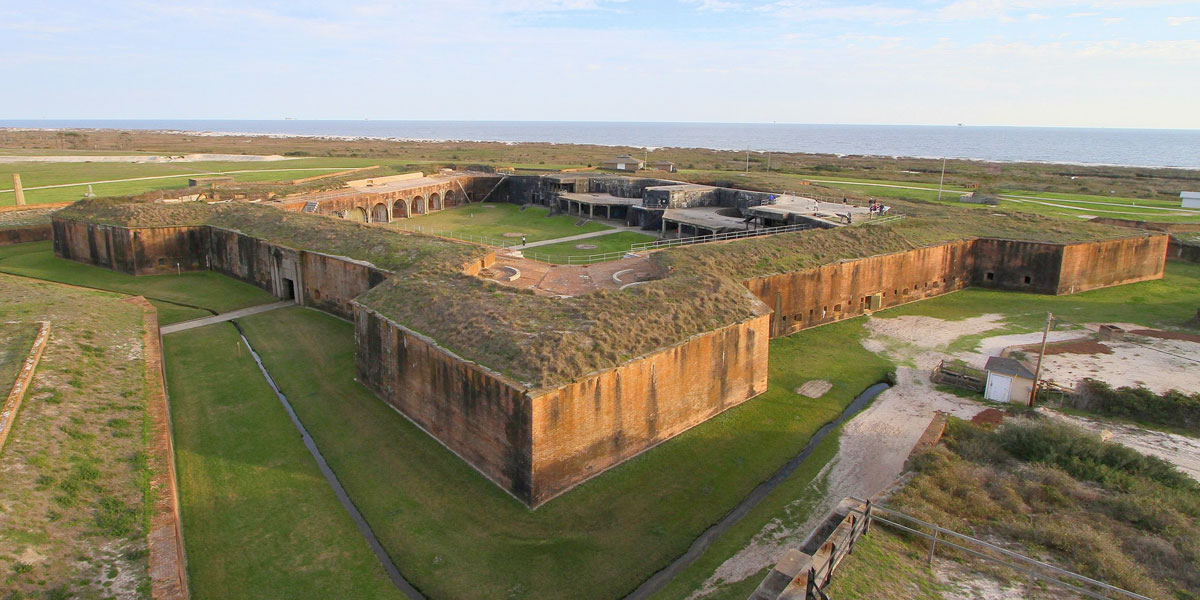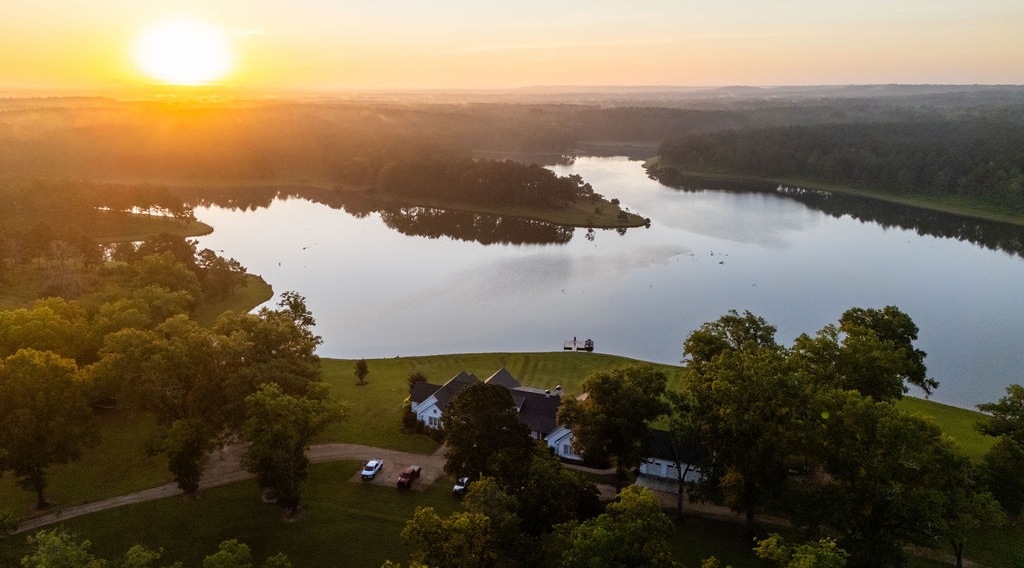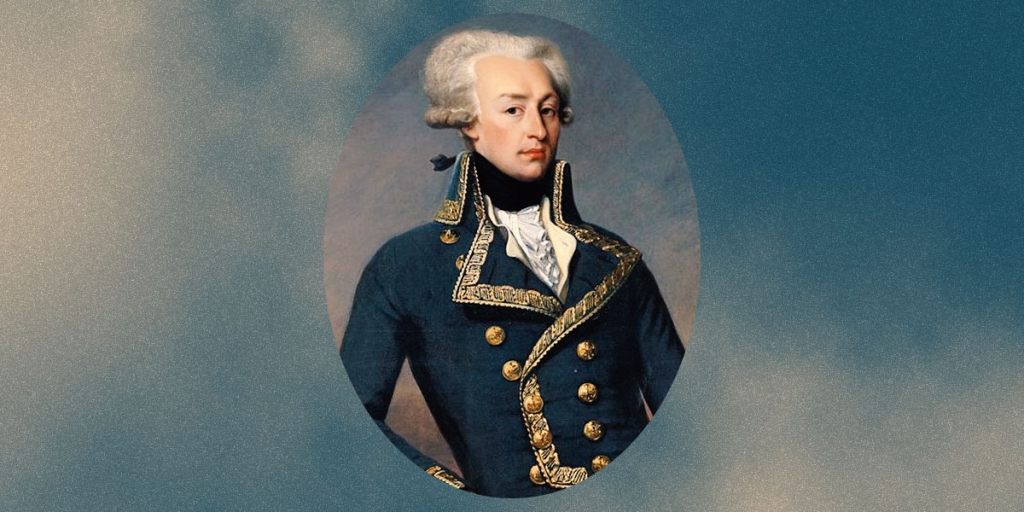Alabama is well known for a number of geographic traits, from the rolling foothills of Appalachia to the lakes winding throughout the state, and, of course, its famous white sand beaches. While tourists and locals alike frequent landmarks and attractions across the state, one incredibly historically rich landmark tends to fly under the radar.

Fort Morgan is a National Historical Landmark found 22 miles west of Gulf Shores and is home to a long and storied past. According to the Alabama Historical Commission, construction of the fort began in 1819. On account of its location, construction continued for 15 years, concluding in 1834.
Known as the guardian of Mobile Bay, the fort finds most of its historical significance through its role in the Civil War during the Battle of Mobile Bay. According to AHC, “It is here on August 5, 1864, Union Admiral David Farragut ordered his fleet to charge the heavily mined bay. (At the time, tethered naval mines were known as torpedoes.) “Damn the torpedoes!” said Farragut, “Four bells. Captain Drayton, go ahead! Jouett, full speed!” After the Battle of Mobile Bay, soldiers at Fort Morgan endured a two-week siege by Union forces before surrendering on August 23, 1864.”

However, the fort was active across four wars: Civil War, Spanish-American War, World War I, and World War II. The fort boasts a fairly unique star shape that was a highly intentional design. The shape was intended to allow for control over the primary ship channel that connects to Mobile Bay. Through its unique shape, the fort made it possible for a “heavy concentration of artillery fire on an enemy fleet as it approached the fort and moved into the bay.”
However, over time, technology rendered these features obsolete.
“The introduction of rifled artillery and steam-powered warships during the Civil War made masonry fortifications like Morgan obsolete. This was dramatically demonstrated on August 5, 1864, when Union Admiral David Farragut led his fleet past the guns of defenders and into the bay with the loss of only one ship… By that time the concrete batteries, like the brick fort before them, were no longer the primary defensive positions. The military returned the fort to the state after the war, ending an era of coastal defense.”
Fort Morgan now stands as a solemn reminder of Alabama’s role in major conflicts across the 19th and 20th centuries.
For more about the fort and how to visit, click here.













